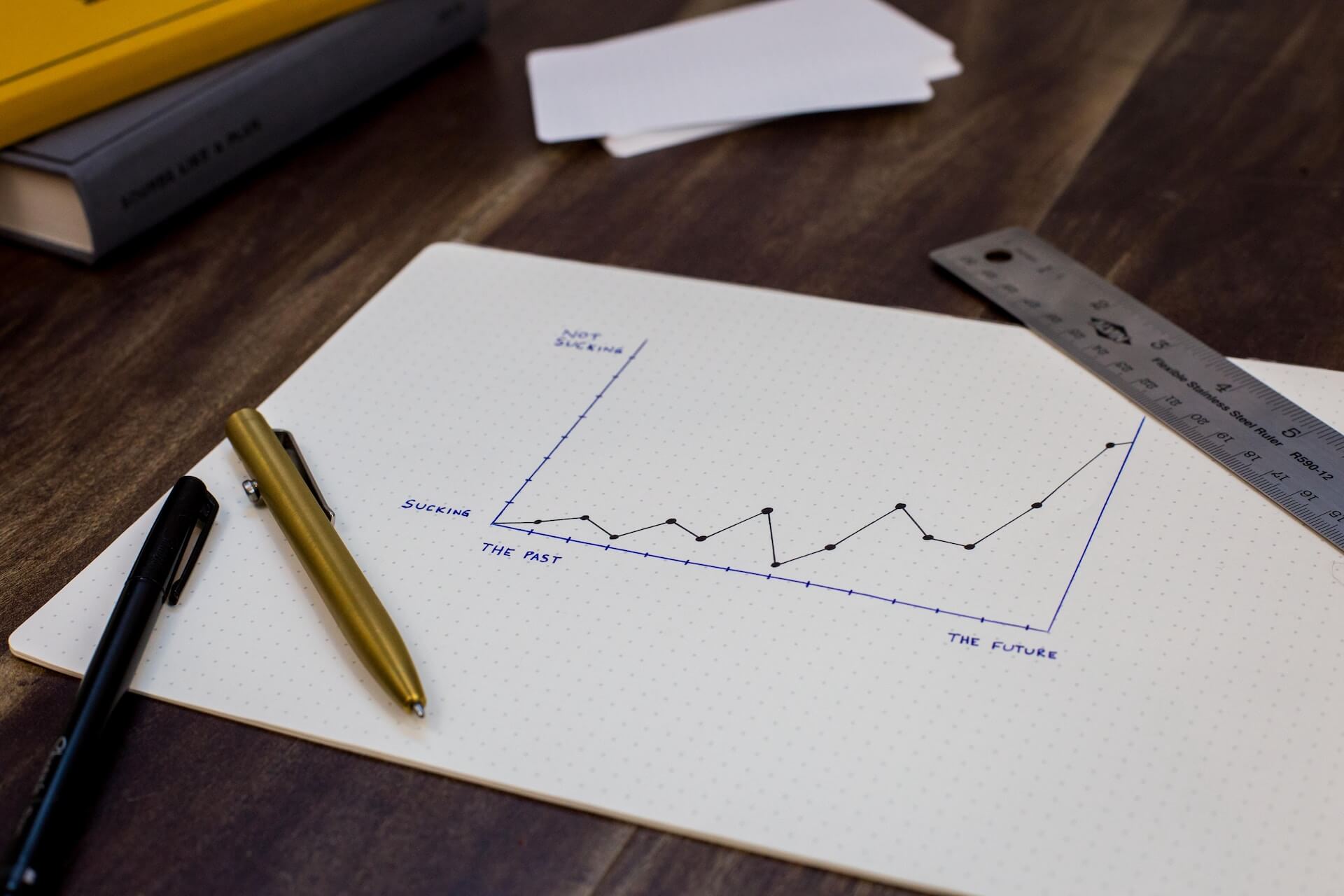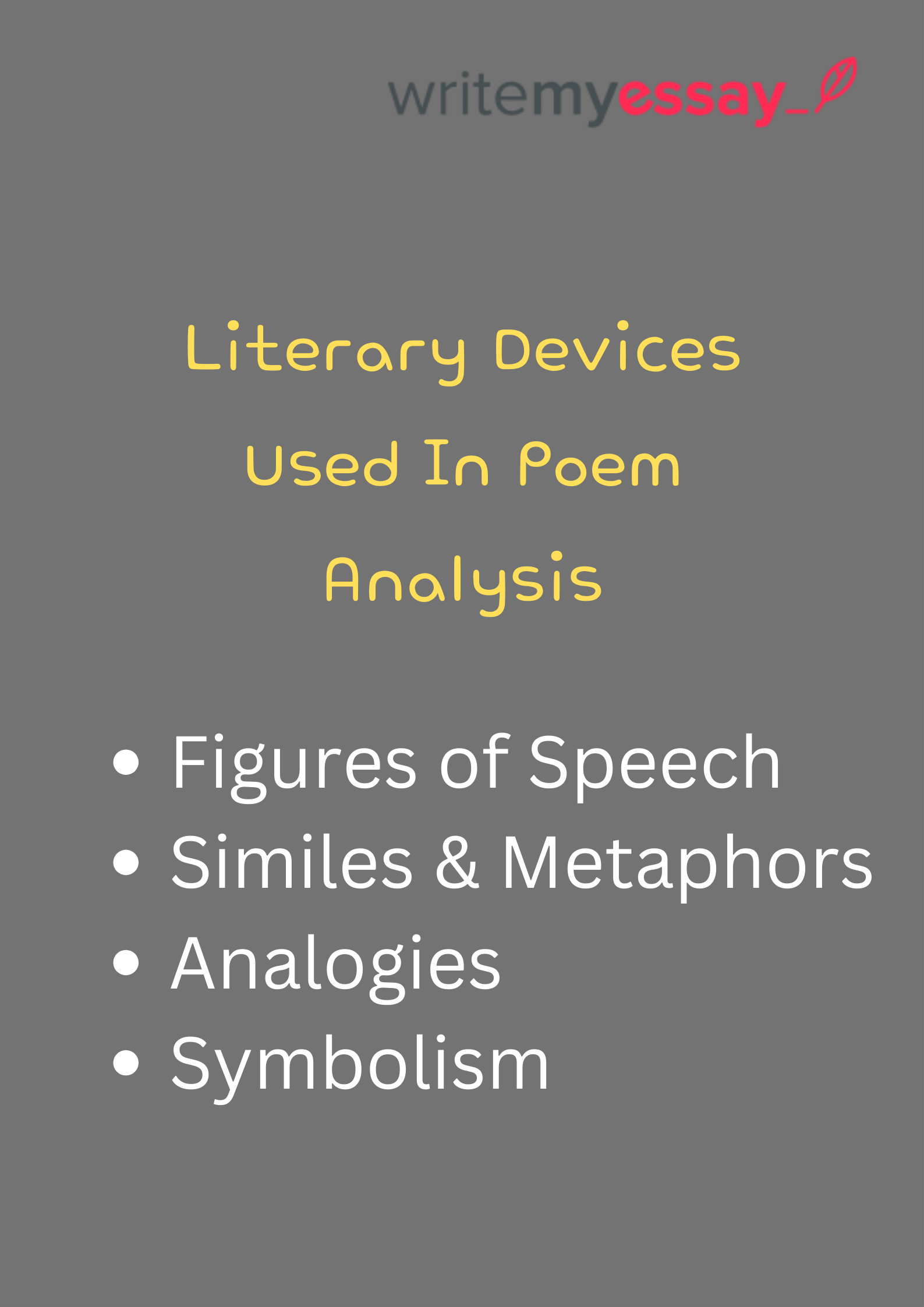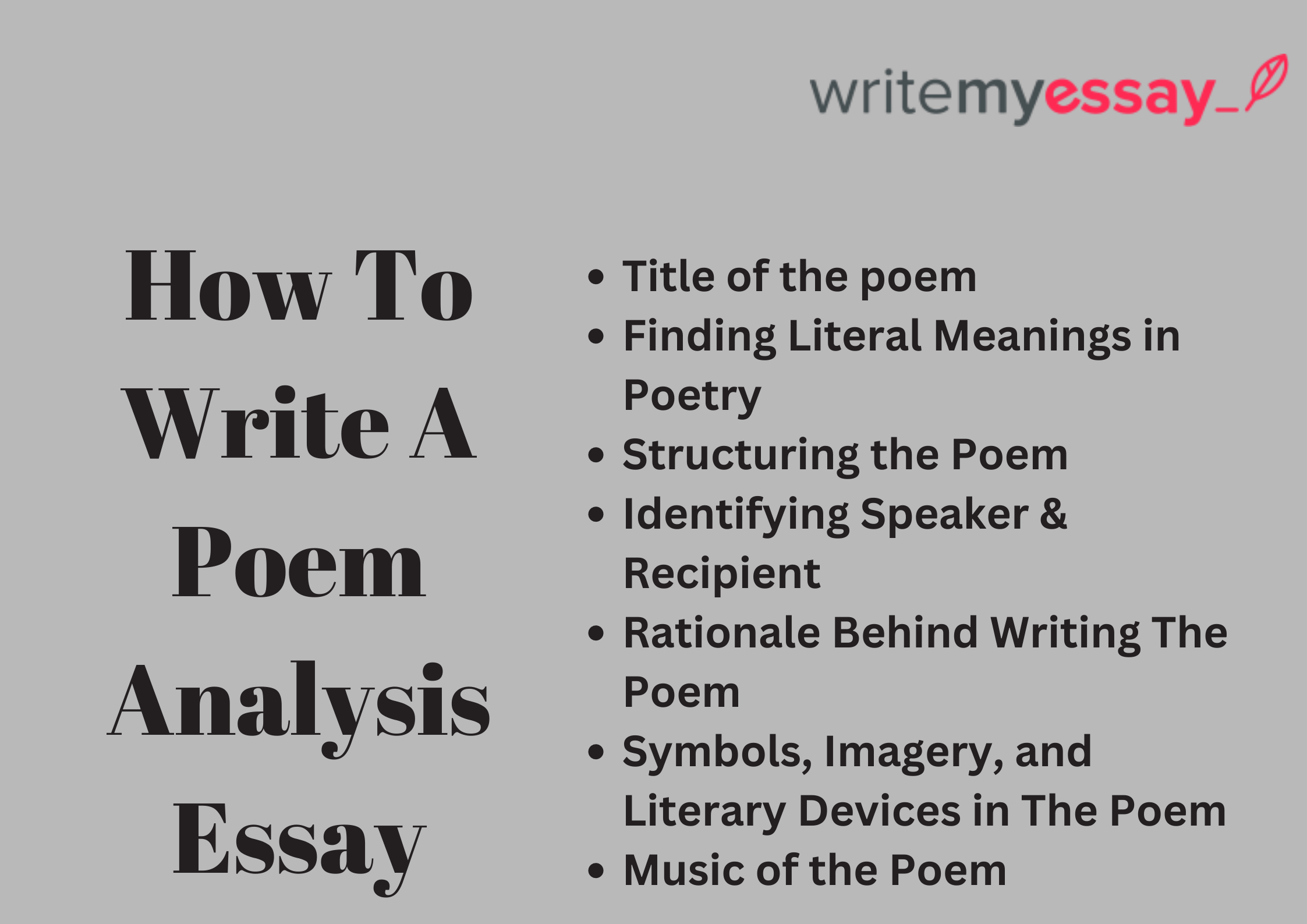
Poem Analysis Essay Guide

Table of Contents
Poetry and prose are the two main forms in all written communication takes place, especially in the intellectual realm. We can say that the scholars and the poets of the past still talk to us from their verses. But it is our responsibility to decode the messages in the poetry, not merely on the surface but also deep in the heart of the matter.
Due to the importance of dissecting and understanding the underlying themes and ideas in poems, poem analysis has become a major part of academic discourse in Literature and Arts. It covers the simple meanings of the terms and phrases used in the poetry as well as the contextual importance of symbols and figures.
In this blog, we will cover the basics of the idea and help writers with developing and designing a poem analysis essay. Also, we will share a complete structure for writing the essay and a template to speed things up.
Poem Analysis Essay 101
Students in advanced level academics, such as colleges and universities, might have to deal with things like poem analysis and writing an essay on it. In a nutshell, poetry analysis is very much similar to poetry review which is the act of reading and understanding a work from a poet and then analyzing it for the readers. The analysis includes the language, the history of the poem, and even the quirks and personal elements in the final write-up.

Many students make the mistake of thinking that poem analysis is only for the visible or tangible things around poetry. It means the things that could be quantifiable and proven through empirical evidence. However, in reality, you need to take everything into account to ensure that your analysis is indeed holistic and covers all the bases. In addition to the in-depth study of the poem, writers need to dig around the life and other works of the poet to understand the hidden elements and their meanings better.
How To Analyze Poetry
If the word analysis is any indication to the students, they should know that analyzing poetry is about reviewing critically and reflecting on the scope and context of the verses. Again, the review should not be limited to its surface and can move on to the deeper levels. These include integrated themes, such as love, loss, and tragedy, as well as literary devices and speech figures to enhance the text and give it new dimensions.
But the analysis should not limit itself to the “things” that have been defined and explained by the scholars. It can be the things that seem personal and even metaphysical – a bigger picture of sorts. The extension of the poem analysis essay goes to the subtle indications toward other subjects, the hidden meanings behind the people and the time of the poet, and even the intentions for writing the work.
As a checklist, students and novice writers need to ensure the following steps to analyze a piece of poetry:
- The personal and professional background of the poet
- The time and place of his life
- The specific instance(s) that might have triggered the work
- Sources of Inspiration
If you are asked to write a poem analysis essay, it is necessary to have some basic information about the poet and his poetry. Then, you need to come up with a thesis that can cover multiple bases while getting down strong all the relevant ideas.
Choosing A Topic For Poem Analysis Essay
Students often face many issues when they need to come up with a topic or a theme of their own for a poem analysis essay. For other essays, such as descriptive and narrative ones, writers can easily pick up a topic and then decide on the theme, tone, and voice of the essay. However, a poem analysis essay has the quality of mixing both the themes and topics in one bundle. That’s why you can come up with a topic for the poem analysis based on how you feel about it after reading and analyzing it in the beginning.
In the case of facing difficulties, writers are advised to take into account other poems and their analyses as they will guide them through the tricky waters.
Following are some of the most important points to remember while choosing and covering the topic for your essay:
- The subject of the poem should focus on the rationale that the poet might have for writing the poem
- The context or the central point of the poem/ work
- The poet and reasons behind writing the poem
- The time and space elements of the background
- Major influences behind that specific work
- Key features of the poem, such as literary devices, language, tone, and so on
Based on these points, you can easily come up with a great topic and ensure that your essay will help you secure excellent grades. WriteMyEssay is a leading essay writing and editing services provider. With a team of professional academic writers and customer support, you can never go wrong with our services. Place your order now!
Outlining A Sample Poem Analysis Essay
Outlining is often the most underrated and overlooked part of writing an essay or any piece of academic work. We have seen students paying much attention to collecting raw data and then getting to the process of writing right away. However, outlining can make all the difference for them.
After doing the research, it is often in bits and pieces that hardly make any sense to anyone. Instead of getting directly to writing, it is best to organize it a little and then use it to map out the whole essay. Second, it is even better to research and outline simultaneously as it will define the scope and context of the essay right off the bat.
So, before learning how to write a poem analysis essay, it is best to plan one.
Opening Paragraph
The introduction or the opening paragraph of the poem analysis essay is its most important aspect. It is where all the action starts for the readers, even those who do not want to read the whole essay. Writers can use this section to change their minds by opening with a great hook. It can be a question, a quote, or even a claim that can grab their attention and make them read more. After the perfect execution of the hook, it is time to provide some context or background information about the poem, the essay, and even the poet himself. This will help readers ease into the subject and get ready for the main body. But before advancing to the most significant section of the essay, writers need to place the thesis in the closing lines of the introduction.
Main Body
This is where the bulk of the essay lies, making it the main body or body paragraphs of the essay. For instance, if you are writing a 5-paragraph essay, the main body will get at least of them. In a 1000-word essay, 600 to 700 words should be allocated for this section alone. While writing the body paragraphs of the poem analysis essay, writers need to cover all the major ideas or the extension and explanation of the thesis in this section. The best way to do this is by dividing and organizing the thoughts and ideas into different phases. The tangibles of the poem, such as the choice of words and language can be bundled in one place. The theme and underlying ideas can be summed up in another. The same pattern follows throughout the length and breadth of the main body.
Closing Paragraph
After successfully executing the introduction and the main body of the essay, it is time to sum up all things nicely in the closing paragraph or the conclusion of the essay. This part is also very important to the overall essay, the same as the introduction. it has three distinct phases – rephrasing the thesis, summing up the main ideas from the body paragraphs, and furnishing the text with departing thoughts. For their convenience, students can think of the conclusion as a stand-alone piece with its introduction, body, and conclusion. Since this will be the last or maybe the only section that readers will ever go through, it is best to pay extra attention to all of its aspects.
How To Write A Poem Analysis Essay
Identifying the distinct parts of the essay is very important as it paves the way for the task ahead. Now that we have gone through the basics as well as the outline of the poem analysis essay, it is time to go through with the process itself – the analysis.
But before we delve into the different aspects, we cannot ignore the importance of reading the poem several times. It is even better to read it aloud to a friend or a colleague and then get their feedback. When you read to them, you will listen yourself the rhythm and the flow of the verses. This will help you better analyze the music of the poem.
Title of the Poem
This is the first introduction of the poem to all potential readers. In many cases, poets spend a lot of time and energy giving a specific title to the poem. Whether directly or indirectly, it covers the essence or provides a sense of clue to the readers as to what to expect in the poem.
Finding Literal Meanings in Poetry
There is no point in delving into the contextual meanings of the terms and phrases if you cannot find and learn about their literal meanings. To do that, it is necessary to get a dictionary and learn all the meanings of the words. You can also take the help of the internet as many terms would have other meanings at the time when the poem was written. Going through the analyses of other scholars and writers can clear things up a lot.
Structuring the Poem
When it comes to academic writing, structure is everything. In the analysis of the poem, writers need to identify the patterns and clues to learn how the poet organized all the elements and why.
- The rationale behind divisions
- The connection between different parts
- The nature of separations
- The logical sense behind the separations
- Evaluation of emotional sense
- Following a strict structure
- Virtue in using a free format
Based on the indicators in the bullets, writers will be able to pinpoint elements of the structure that are hard to grasp arbitrarily. So, make sure you have identified and analyzed all the aspects of the poem before moving forward.
Identifying Speaker & Recipient
In terms of poetry writing, the speaker is the poet himself. In the process of identifying the speaker, students need to go through the references and the text of the poem to see the details, if any, about the poet. These could be the references to the age, religion, creed, and so on. This is not done most of the time in true spirit as many create a caricature of themselves to divert attention. In the same manner, scholars need to identify the recipients, in terms of what the poet would want them to do with the poem.
Rationale Behind Writing The Poem
Poetry always has a deeper purpose behind its creation. Poems and verses have brought about revolutions and helped nations win wars over oppressors. That’s the reason scholars need to identify the reasons the poet is behind writing that specific piece of work. The other factors of the reason play a major role, such as the internal and external drivers behind the ideas and needs. In many cases, the original rationale does not last for a long time and the poem outlives its reason of existence. Still, it finds new reasons and new readers to enjoy and appreciate the piece of art.

Symbols, Imagery, and Literary Devices in The Poem
In the previous sections, we have only covered the tangible elements of the poem, such as the reasons, the speaker, and the recipient, among other things. Now, let us cover the aesthetics and the not-so-obvious things about a poem to ace a poem analysis essay.
The description of ideas and objects sheds ample light on how the poet perceived them and used them in the verses. The symbolism of the poem lends deeper and better meanings to the poems ensuring that readers are hooked. Literary devices such as metaphors and similes are as important to the analysis as other elements.
Music of the Poem
Poetry and music go hand in hand in both popular media and academics. One can be used as a standard to determine the qualities of the other. We are also taking the help of music to determine the aesthetics and the overall technicality of the work.
These are some of the indicators that scholars look into while analyzing a poem:
- Meter
- Rhythm
- Effects
- Rhyme
- Adherence to rule
- Breaking of rules
Template For Poem Analysis Essay
Since this guide is about helping students with writing a poem analysis essay, we are sharing a template that can be modified to write compelling essays. However, you are better off with a professional academic writing service such as WriteMyEssay. We have all the tools and training to provide you with a submission-ready poem analysis essay.
Introduction
- Name of the poem
- Name of the poet
- Publication date
- Context
Form of the Poem
- Structure of the poem
- Rhyme of the poem
Embedded Themes
- Meanings
- Deeper meanings
- Themes (both subtle and explicit)
Voice And Tone
- The tone of the poem
- Voice of the poem
- Importance of both in the setting
Literary Devices
- Figures of speech
- Similes and metaphors
- Analogies
- Symbolism
Conclusion
- Reiteration of themes
- Message or takeaway from the poem
Final Thoughts
Writing a poem analysis is not an easy feat. It requires a lot of research and multiple drafts before your essay starts to take shape. In this resource, we have provided all the insights that students and novice writers might need to write a poem analysis essay. We have identified and defined at length what poem analysis is and what its determinants are. Then, we shared the complete outline of the write-up. In the end, you will have seen a template with all the elements encapsulated in short but comprehensive bullets. We hope that students will find the source helpful in dealing with their assignments.
As always, Write My Essay is your trusted partner to get well-researched essays and papers on a variety of subjects. The pricing is competitive and we offer a money-back guarantee on quality and originality of the text.


